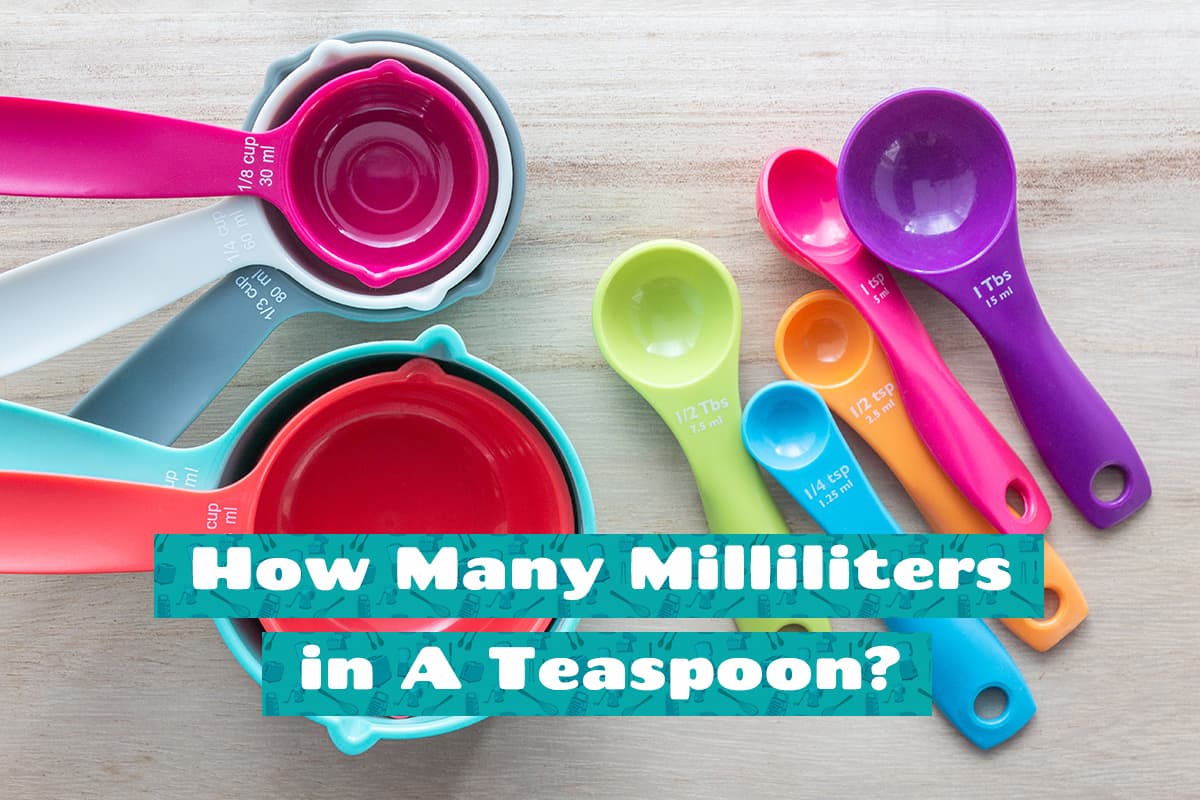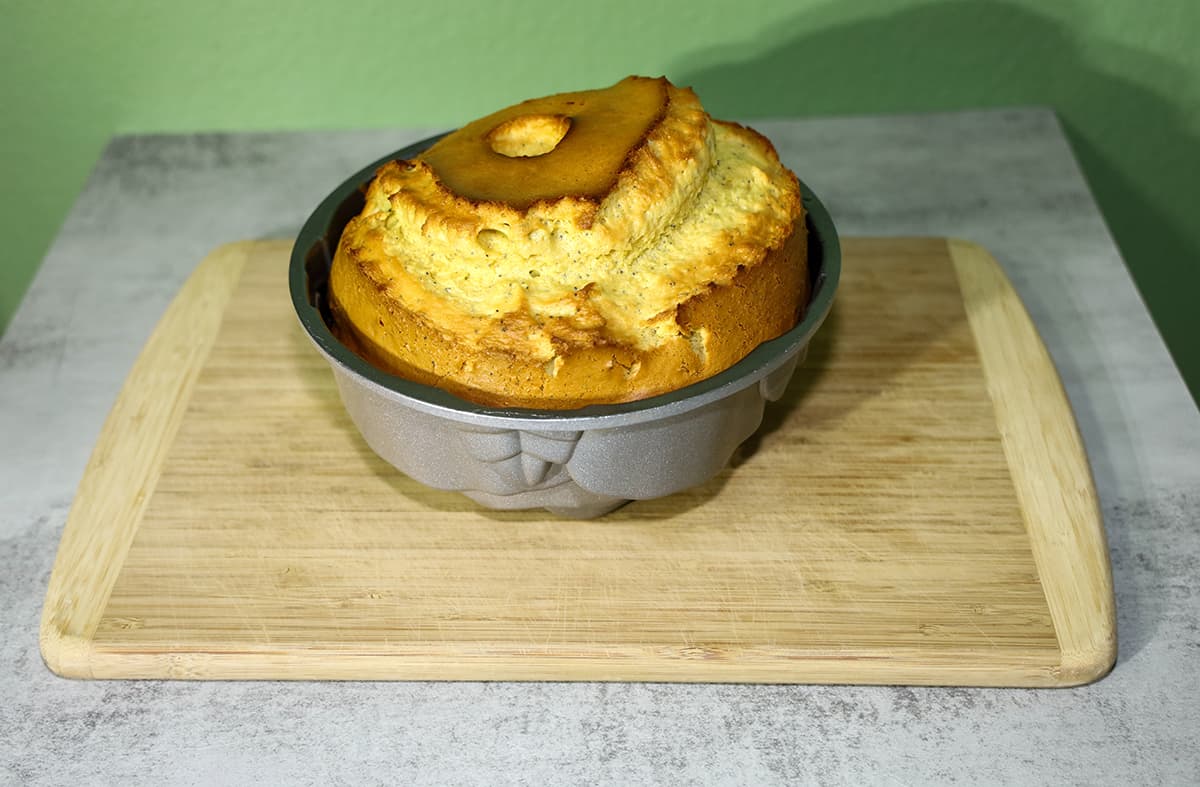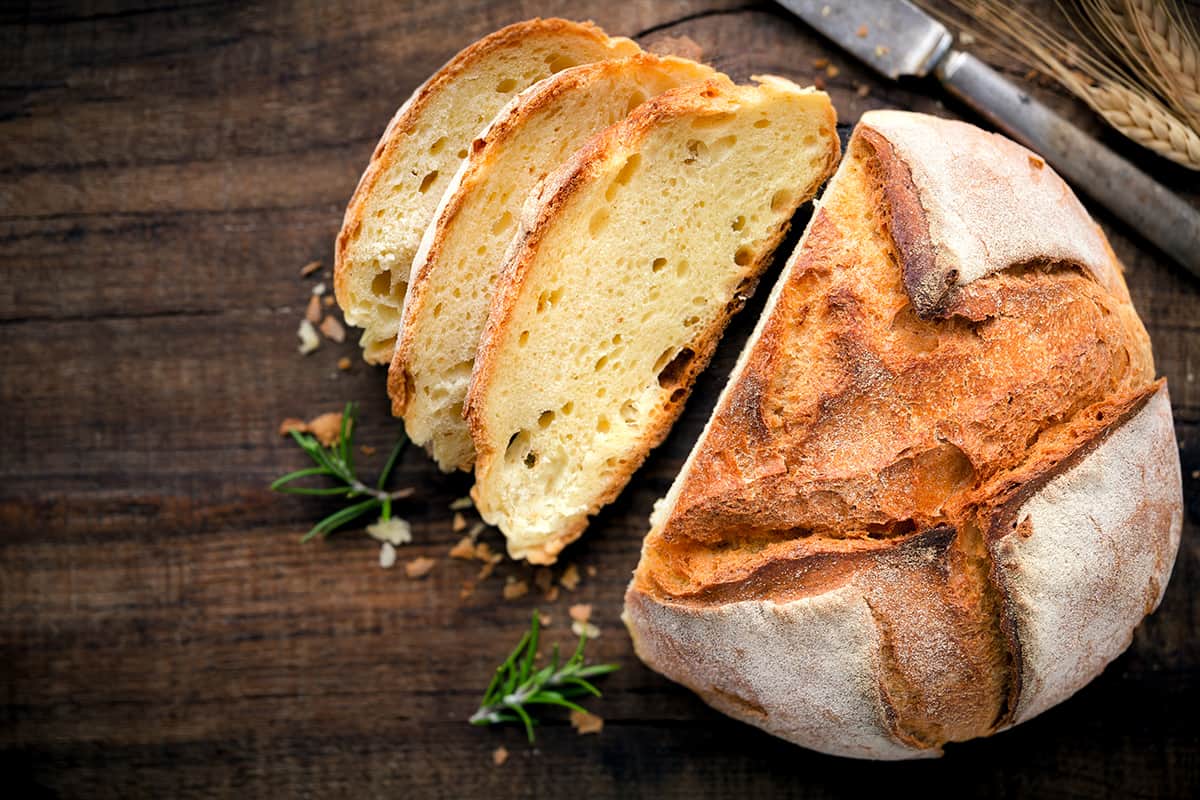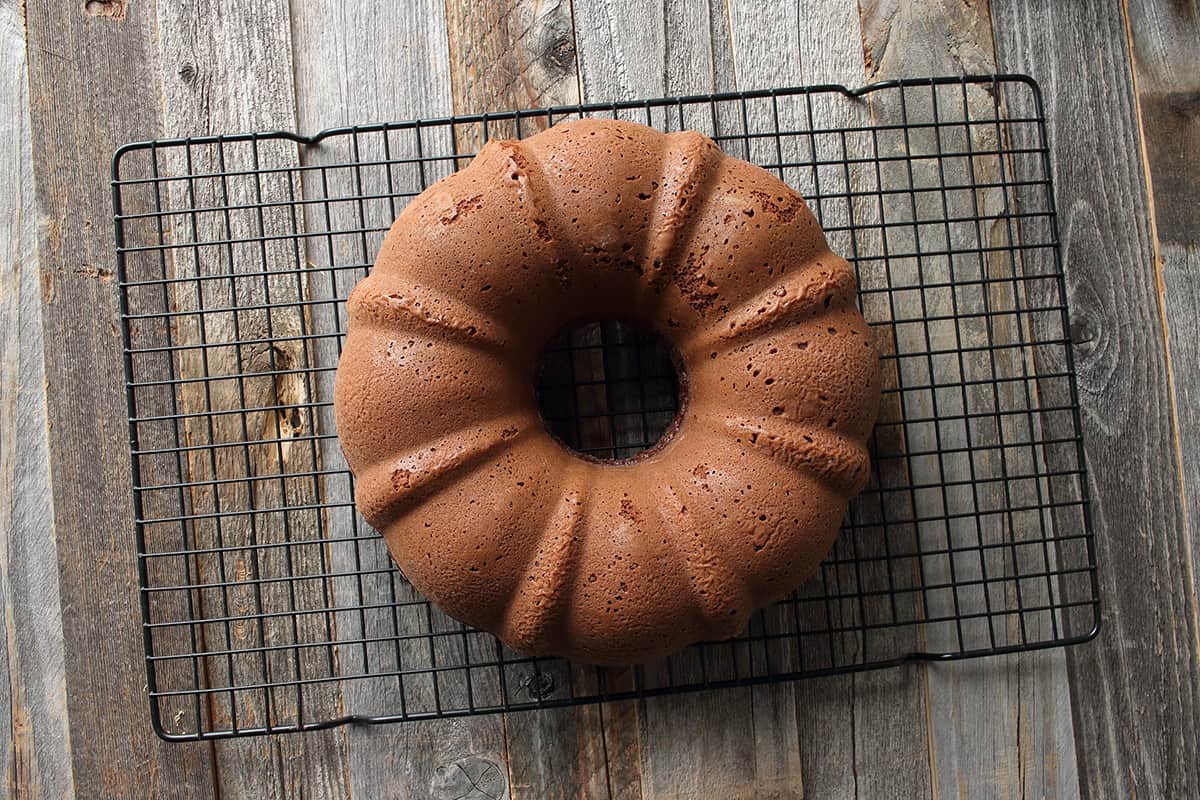If you want to follow a recipe you found online, you should make sure you follow the ingredients list to the letter. That way, your recipe will turn out exactly as the author intended. So, if a recipe calls for ¾ a teaspoon of a certain ingredient, you better know how to make ¾ of a teaspoon.
¾ of a teaspoon is equal to 0.125 fluid ounces or 3.7 milliliters. You can estimate ¾ of a teaspoon by adding six pinches of a dry ingredient. Alternatively, you can add three ¼ teaspoons of a dry or wet ingredient to come up with ¾ of a teaspoon.
For the remainder of this article, I will focus on how you can measure ¾ of a teaspoon, as well as how you can measure other irregular quantities of a certain ingredient.
How Much Is ¾ Teaspoon?
Teaspoons are a measurement of volume that is typically used in baking and cooking instructions.
The teaspoon is typically the smallest unit of measurement when measuring the volume of an ingredient. As such, only highly potent ingredients, such as vanilla extract or baking soda, will be measured in teaspoons, even when preparing a large batch of a certain recipe.
Because it is the smallest, you should pay special attention to the quantity to ensure that you don’t go overboard on a certain ingredient since it can affect the outcome of the recipe. So, if a recipe calls for a fraction of a teaspoon, you should try and use the exact quantity if possible.
How to Measure ¾ of a Teaspoon?
Some recipes will ask that you add a fraction of a teaspoon of a certain ingredient, which can be a challenge since making measuring spoon sets do not come with anything less than ½ of a teaspoon.
For the lucky home cooks who have a comprehensive set of measuring spoons, measuring ¾ of a teaspoon isn’t that difficult. All you need to do is add three ¾ teaspoons of an ingredient to your mixing bowl or add one ½ teaspoon plus one ¼ teaspoon to get to a total of ¾ of a teaspoon.
However, if you don’t have a reliable measuring spoon for measuring fractions of a teaspoon, you can measure ¾ of a teaspoon in two ways: use the pinching method for dry ingredients or convert the teaspoon volume to weight.
Pinching Method
The pinching method is exactly as its name suggests. You will need to use your thumb and index finger to pinch a dry ingredient. Typically, a pinch of salt or sugar will amount to 1/8 of a teaspoon.
To reach ¾ of a teaspoon using this method, you will have to add six pinches of the dry ingredient to the mixing bowl.
However, this method is not as accurate as professional bakers would like. It’s possible that you add too much or too little of a certain ingredient using this method, which will affect the final outcome of the dish.
To reliably measure a fraction of a teaspoon, you should convert its volume to weight.
Conversion Method
The only additional tool you need to do is apply the conversion method is a digital scale that can read fractions of a gram.
Next, you can use the following ingredient chart that shows how much one teaspoon, ¼ of a teaspoon, and ¾ of a teaspoon weigh of commonly used cooking ingredients.
| Ingredient | Teaspoon (grams) | ¼ Teaspoon (grams) | ¾ Teaspoon (grams) |
| Water | 4.93 | 1.2325 | 3.6975 |
| Salt | 5.69 | 1.4225 | 4.2675 |
| Sugar | 5 | 1.25 | 3.75 |
| Brown Sugar | 4.17 | 1.0425 | 3.1275 |
| Baking Soda | 4 | 1 | 3 |
| Baking Powder | 4 | 1 | 3 |
| Yeast | 3.1 | 0.775 | 2.325 |
| Vanilla Extract | 4.34 | 1.085 | 3.255 |
| All-Purpose Flour | 3.3 | 0.825 | 2.475 |
| Dried Herbs | 1.87 | 0.4675 | 1.4025 |
| Cream of Tartar | 3.38 | 0.845 | 2.535 |
| Powdered Sugar | 2.6 | 0.65 | 1.95 |
| Cornmeal | 2.67 | 0.6675 | 2.0025 |
| Cornstarch | 2.5 | 0.625 | 1.875 |
| Potato Starch | 3.33 | 0.8325 | 2.4975 |
| Tapioca Flour | 2.54 | 0.635 | 1.905 |
| Sourdough Starter | 5.667 | 1.417 | 4.25 |
| Butter | 4.7 | 1.175 | 3.525 |
| Vegetable Oil | 4.54 | 1.135 | 3.405 |
| Powdered Egg | 1.73 | 0.4325 | 1.2975 |
| Milk | 5.04 | 1.26 | 3.78 |
| Milk Powder | 2.6 | 0.65 | 1.95 |
As you can see, the table above will give you a more accurate way of measuring ¾ of a teaspoon after converting the weight of the ingredient into grams. Just make sure that your digital scale can measure in grams and has at least two decimal places for a more accurate reading.
How to Measure 1/3 of a Teaspoon?

One of the more annoying measurements we come across when looking at online recipes is 1/3 of a teaspoon. Basically, there is no reliable way to measure 1/3 of a teaspoon without converting the volume to weight in grams.
So, if you don’t have a digital scale, the easiest method you can do is to take a heaping ¼ of a teaspoon. To get a heaping teaspoon, you will have to scoop the ingredient out of a container without leveling it with a spatula or another flat tool.
While this method will not give you an accurate measurement, it’s the easiest way to gauge what 1/3 of a teaspoon looks like by eye.
How to Measure 1/3 of a Tablespoon?
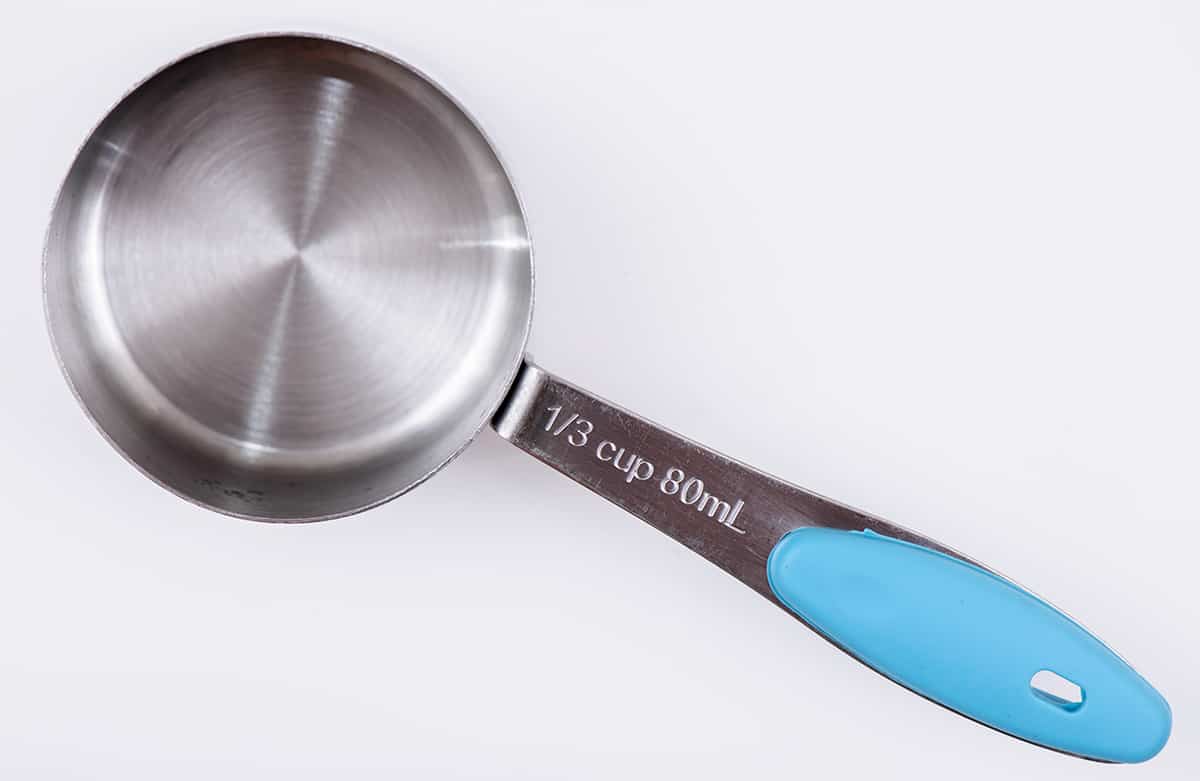
Tablespoons are larger than teaspoons, which makes them easier to divide into fractions without using a separate measuring spoon. However, you should also be mindful of how much of a dry ingredient you add since going overboard can negatively impact your recipe.
Luckily, 1/3 of a tablespoon is exactly the same as one teaspoon. Alternatively, if you want a more accurate measurement, refer to the table above, which shows the weight of a long list of ingredients by the teaspoon.
Read also: How Big is a Tablespoon?
How to Measure ¾ of a Tablespoon?
Measuring ¾ of a tablespoon is more difficult than 1/3 of a tablespoon since many measuring spoon sets do not come with a fraction of a tablespoon.
However, there is a simple way to determine how much ¾ of a tablespoon of an ingredient is, and that is by converting it into teaspoons.
Because one tablespoon equals three teaspoons, we can multiply three by ¾ to get 2.25 teaspoons.
You can combine measuring two teaspoons with taking two pinches of a dry ingredient to get 2.25 teaspoons, though, again, the proportions might not be 100% accurate.

